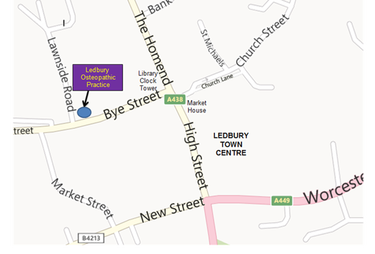10 top tips to promote your website
Here are some top tips for
generating traffic to your website.
1. Choose your domain name carefully
|
Make sure your website address is short, easy to spell and easy to remember. This is important not only when people want to find you - it makes it easier for them to spread the word about your website.
Rather than an address such as “www.michaelharrisonroofing.co.uk” why not use something like "www.miketheroofer.co.uk".
|
2. Get your website address known
3. Ensure you look good on all devices
4. Let Google know where you are based
|
If you want to attract website visitors from your local area, open a free “Google My Business” account.
You can find out more about this by visiting the Google My Business website. Also, adding a location map to your website should help local searches. |
5. Create relevant, quality content
|
Make sure your website has content relevant to the sorts of things potential site visitors might put into a search engine enquiry.
Search engines such as Google rank sites more highly that it considers to have highly relevant content. The more authoritative information your website has about a particular topic, the more likely it is that search engines will rank it higher. |
6. Be sociable
|
Search engines like websites with social media links, so consider creating free accounts with platforms such as Google+, Facebook and LinkedIn.
Place links to these accounts on your website and add a Facebook “like” button so that visitors can easily spread the word about your website to their own Facebook “friends”. |
7. Keep your website fresh
|
Update your website content regularly (say monthly) – search engines prefer sites that have changing content as it shows that they are not “dead”, forgotten sites.
Remember, what search engines are trying to do when someone is searching for something specific is to direct them to the most relevant and up-to-date websites that it can find. |
8. Register with free directories
9. Advertise online
|
Think about paying for online advertising on platforms such as Google Ads, Facebook Ads and LinkedIn Ads.
Such advertising allows you to target specific groups of internet users based upon things like geographical area, interests, business size, industry and so on. You can easily set maximum spending budgets for such advertising campaigns (such as a maximum amount per day, week or month). |
10. Play the long game
|
Be prepared to invest time in promoting your website using a variety of techniques.
Beware of anyone who says they can guarantee that they will get your website to the top of search engine results – it really is impossible to offer such a guarantee, especially as website rankings are affected by what other website owners are doing to promote their sites. |












